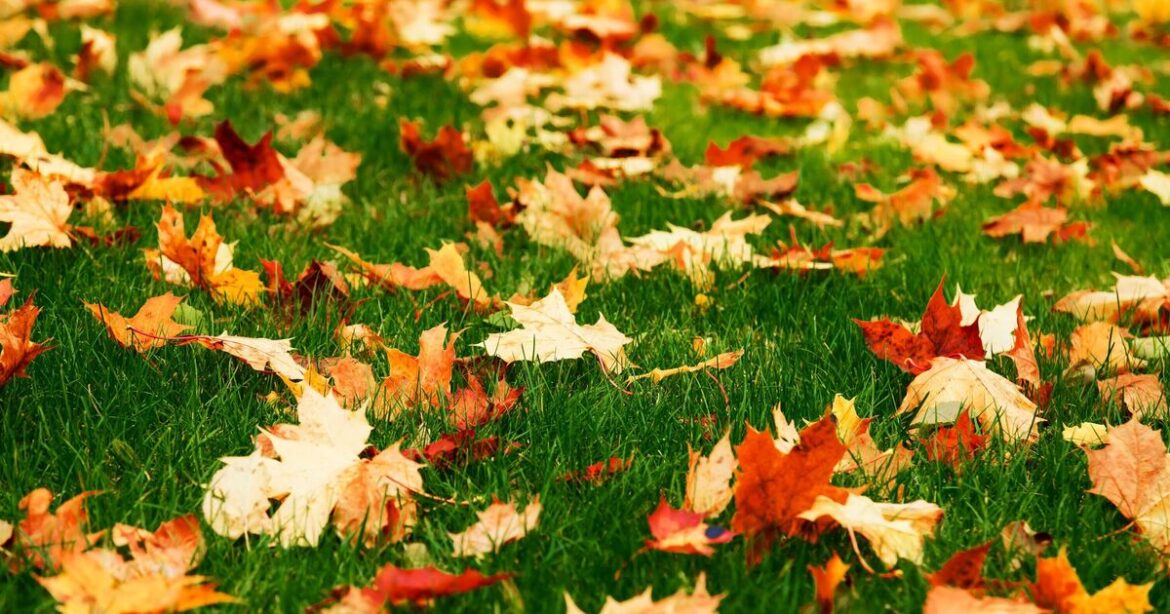As autumn fully sets in and trees shed their leaves in huge numbers, many gardens across the UK are starting to turn shades of red, orange and brown. But while a leaf-covered lawn may look pretty, experts are warning that it could lead to serious problems if left untouched.
The sight of golden leaves scattered across the grass is one of the season’s trademarks, but that seasonal charm can come at a cost to your lawn. If left too long, layers of dead leaves can block light, trap moisture, and even cause fungal diseases to spread.
They can also suffocate the grass underneath, weaken the soil, and leave behind unsightly patches that may need reseeding in spring.
On top of that, soggy leaves can attract pests like slugs and other insects, which could do further damage to your garden later in the year.
That’s why clearing fallen leaves regularly is being described as one of the most important autumn lawn tasks.
Experts at George Davies Turf & Stone have explained how even a light layer of leaves can eventually harm your grass if not removed in time.
They said: “A thick layer of fallen leaves will block sunlight from reaching the grass blades.
“This can prevent photosynthesis, causing the grass to become starved of light and nutrients.”
They added that damp leaves can promote moss and fungus, and heavy build-up may lead to oxygen being cut off from the turf, causing it to rot in places.
To avoid this, they recommend using a lawn rake, mulching mower or leaf blower as soon as leaves begin to build up.
Raking once a week is usually enough to stay on top of the problem and keep your lawn in good shape.
If the leaf cover is light, gardeners can also choose to shred it using a mower and leave the mulch to break down naturally. This can even help improve the soil by adding organic matter.
But letting leaves pile up unchecked could result in thick, wet layers that prevent water and sunlight from getting through, creating the perfect conditions for moss and lawn disease.
For best results, it’s also recommended to clear leaves when they’re dry and avoid working on waterlogged or frozen lawns, which are more prone to damage.
Any leaves that are collected can be composted to create leafmould, which is a natural fertiliser that’s ideal for flowerbeds and vegetable patches.
Experts say autumn is also the perfect time to inspect your lawn and carry out other seasonal maintenance tasks like aerating, overseeding or applying a winter fertiliser.


Comments are closed.